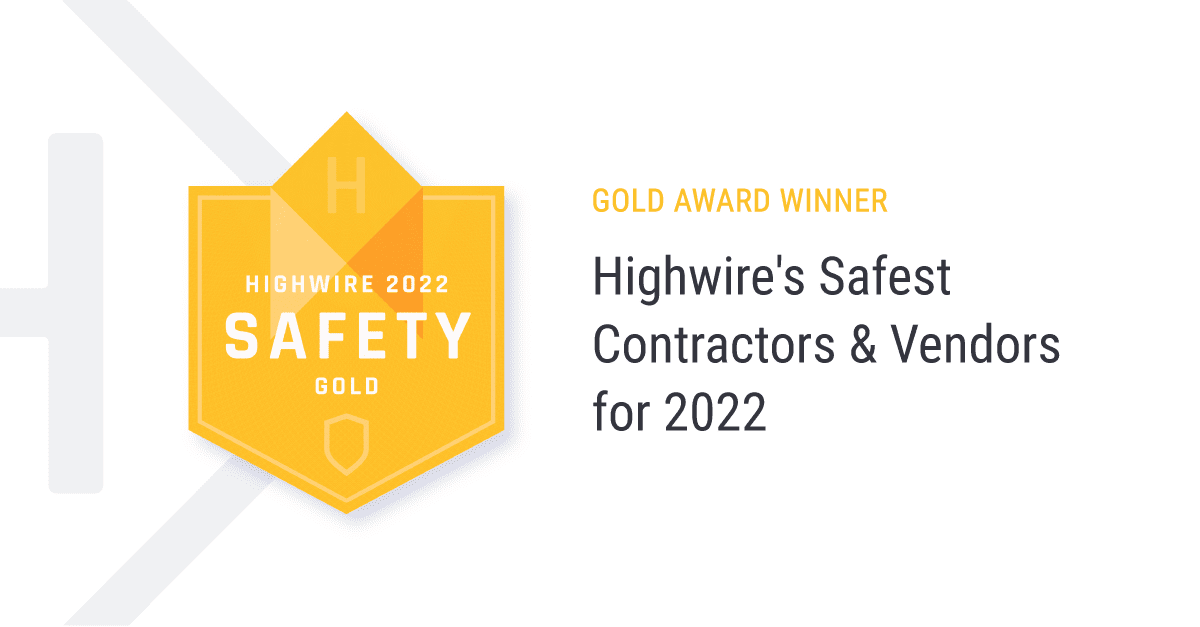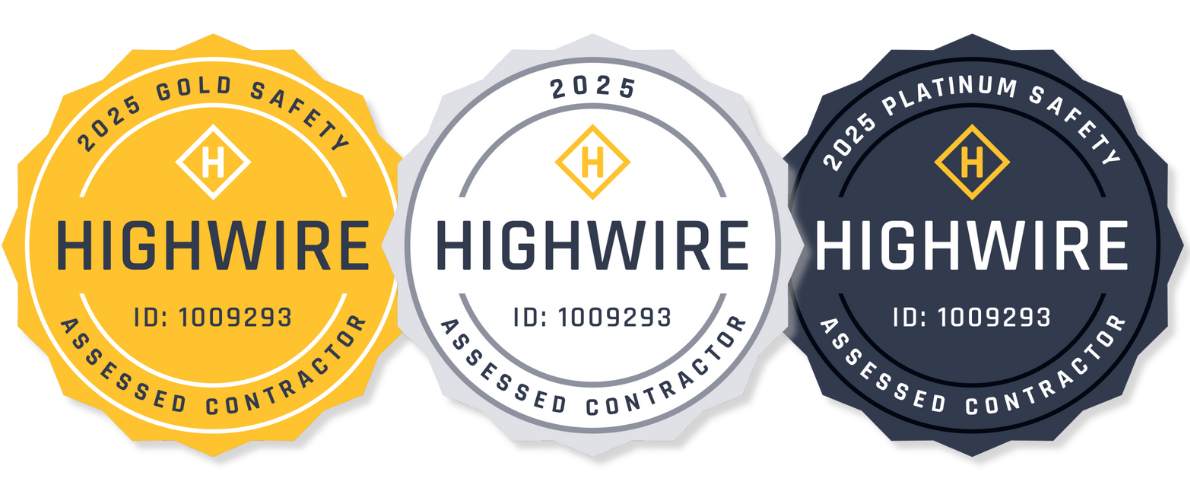Facility managers, campground owners, and outdoor activity clubs have a good deal to think about. Not the least of which would be the best signage to use in parks, trails, or other areas that require information to be given to visitors or park users.
Ideally, signage used in parks or similar areas should convey the right message in four key categories: direction, information, identification, and regulation. The best signage to use in parks should be categorized, easy to understand, highly visible, and designed from materials that will withstand whatever mother nature has to throw at them.
Regardless of the purposes of the park, be it the wilderness, a dedicated space to stroll through, let the dogs play, or even a theme park, clear and concise signage allows for people to flow smoothly. Well-placed signage complements the function and appearance of any given park.
What are the Best Signs to Use for Parks?
There are a lot of reasons for signs in any park, starting with where to park and ending with the exits. In-between are several reasons for signage, all different depending on the nature, size, and point behind the park.
The best signs to use for parks will eliminate any guesswork as to where to go, what to do, what not to do, and how to get out. They will be clearly seen, easy to understand, and attractive.
With all that being said, the best choice for facility managers would be signs that require as little maintenance as possible, yet are made out of the right stuff to handle the weather.
Best Material Types for Park Signs
Weather can damage, fade, and prematurely wear away color and text from signage when the wrong materials are used. On some types of signs, the finish plays a big role in keeping signs appearing fresh and in good shape.
Because weather creates wear and corrosion, materials that best serve parks would be those that are minimally bothered and can remain rust-free regardless of the finish.
Aluminum
Aluminum is a great base material for any outdoor application. It’s lighter than steel and needs no special coating to prevent rusting such as galvanized or galvanneal steel.
There’s no need for special coating because aluminum doesn’t rust. It does corrode, however, after an extended amount of time out in the weather- but holds up far better than steel. Unprotected steel can begin rusting within a day or two when left in the elements.
The only issue with aluminum is that anything tougher than itself can deeply scratch the surface. This would only be a concern in areas that get high wind storms where heavy debris is flung around, or in areas prone to graffiti-like etchings as a form of destruction of property.
Stainless Steel
Stainless steel is a great material for not rusting or showing any signs of weather damage over time. It’s a tough, rust-free alloy that nearly all of today’s cutlery and eating utensils are made from (at least the good stuff).
But stainless steel is more expensive than most varieties of aluminum, far more expensive than steel, and heavier than both when comparing gage to gage. It is tough enough to withstand quite a lot, and would probably be overkill for most sign applications.
Plastics
There are all kinds of different plastics out there, each having a set of strengths and weaknesses. Because of that, we’re going to concentrate on the most popular type used for signage.
The most popular plastic of choice for park signage is PVC. PVC is tough, non-corrosive, and a heavy form of plastic. For a great example of what PVC is, check out the drain pipe heading out of your home connected to a sewer or tank. That’s PVC.
PVC resists dents and scratches and is commonly used for park signs and outdoor business signs. Some argue that PVC signs are stronger than aluminum signs, but there are several types of aluminum out there that vary in strength- in the end, it depends on what type of aluminum a particular manufacturer chooses.
Acrylic
Acrylic is a secondary choice for outdoor signage but is the first choice when it comes to using it as a substitute for glass. Acrylic is a form of plexiglass that can be as clear as a sheet of glass, or vibrantly colored.
This is a favorite when used with internally lit signs as light boxes, creating an illuminating effect through the plastic. Though not as bold and tough as PVC, it is still formidable against scratches and holds up well outdoors.
It’s just not common for the acrylic to be used as the “guts” of the sign, but rather as a protective or decorative outer layer. In terms of park signage, an information section might have brochures, maps, or other informative materials shielded from the weather by a sheet or encasement made from glass-like acrylic.
Custom Park Signage
There are generic signs out there that can cover a lot of areas. Parking signs, restroom door signs, or arrows… Things like that.
But there are a lot of options available to create signs that are unique to a particular park. This is done in two ways- text and shape.
Most manufacturers will put the text that is unique to your park upon a purchaser’s request. Catering to what type of font you’d like, theme, and color scheme.
However, there are custom park signage options out there that won’t only cater to the information but will style the sign’s actual shape and size as well. Though this is a far more expensive option, it creates more of a brand throughout the park that will stand out and could enhance the user’s experience.
Final Thoughts
Just like anything else, there are a lot of options out there. You can choose to have a standard time-tested and proven traditional type of sign, or an eye-catching, branded, unique sign that conveys the same message in style.
You as the facility manager can choose the best materials for the job and purchase accordingly- the only thing that might hang you up is budget, not options.
The simpler the park’s signage and the cheaper the materials, the cheaper the sign. Not every park needs branding or top-notch materials. To get the best deal for the best signs for parks, some common sense should apply when choosing which is best for your application.

![PLATINUM_LI (1)[77]](https://www.granitestatespecialties.com/wp-content/uploads/2024/10/PLATINUM_LI-177-1.jpg)
